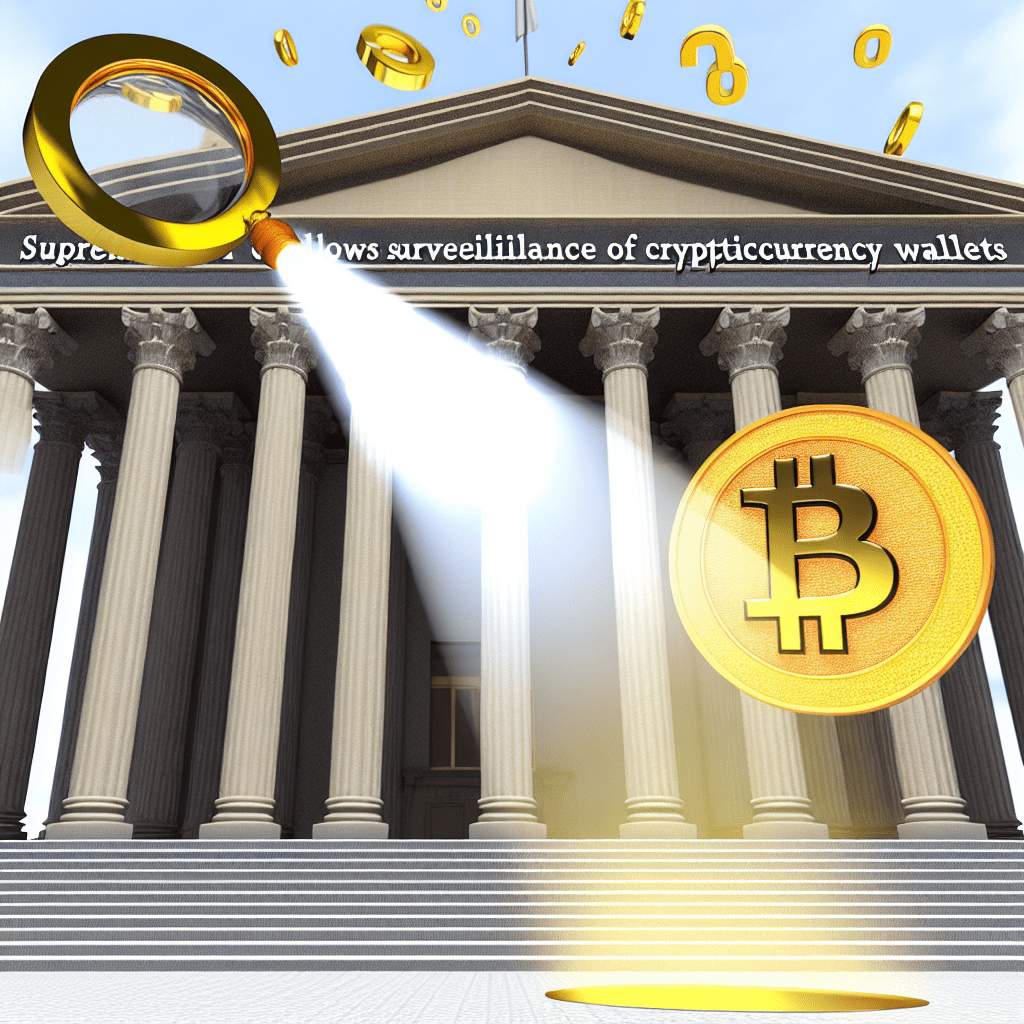
Opinion by: Vikrant Sharma, CEO of Cake Labs
On June 30, 2025, the United States Supreme Court chose not to review Harper v. Faulkender, effectively backing the IRS’s expansive “John Doe” summonses regarding cryptocurrency records.
By allowing a lower court’s decision to remain intact, the court reinforced the century-old third-party doctrine applies to public ledgers in the same way it does to bank records. According to this doctrine, information willingly shared with another entity, such as a bank or blockchain, loses its Fourth Amendment protection. Once data is outside a person’s control, constitutional privacy protections disappear.
For on-chain transactions, which are permanently recorded across blockchain networks, nearly every transaction is now available for warrantless examination. Prosecutors, tax officials, and any entity willing to sift through open data can freely access anyone’s financial details.
Analytics profiteers weaponize “radical transparency”
No group has gained from this faster than blockchain forensic firms. The global analytics sector is estimated to reach $41 billion this year, almost double the total for 2024. Their clustering algorithms already detect over 60% of illicit stablecoin transactions, which, while impressive, highlights the diminishing pseudonymity available.
The offer to regulators is compelling: “Pay us, and we can turn every wallet into a transparent bank.”
However, this same dragnet captures innocent data, creating endless spreadsheets filled with payroll, healthcare, and political donation information.
This data is perpetually vulnerable to leaks or subpoenas. Congress is unlikely to intervene. Only cryptographic innovations can mitigate the exposure until lawmakers redefine privacy for the digital age.
Some Bitcoin privacy techniques allow users to publish a static receiving address while creating distinct, unlinkable outputs that hinder common analysis methods.
Related: US Supreme Court will not review IRS case involving Coinbase user data
Other methods involve coordinating inputs from multiple parties in ways that obscure the typical “sender vs. change” patterns sought by analysts.
Since these techniques circumvent custodial mixing services, applying the sanctions imposed on Tornado Cash in 2022 becomes more complex.
If wallets and payment services adopted such protections by default instead of as optional features, basic privacy could be made widely accessible as encrypted web connections become the norm.
Ignore privacy, suffer market fallout
Investors often overlook warning signs until it’s too late, and neglecting protocol-level privacy will result in severe repercussions. Emarketer forecasts that consumer payment adoption will increase by 82% from 2024 to 2026, but the overlooked detail is that only 2.6% of Americans are expected to use crypto for payments by 2026.
Widespread adoption hinges on perceptions of security and confidentiality; if baristas can connect tips to home addresses, mainstream wallets will experience stagnation. While this reality instills ethical unease in consumers, institutional investors scrutinize the compliance risks they face.
If the court’s interpretation holds, portfolio managers dealing with on-chain assets must accept continuous regulatory oversight into their strategies and partners. Funds using privacy-enhanced mechanisms will benefit from trade secrecy unavailable to those who neglect the existing tools.
Silence is complicity
History shows that markets favor early adopters who integrate civil liberty protections into the infrastructure that supports them. For instance, email encryption was once niche but has become standard in enterprise software.
The same trajectory could occur for blockchain if developers, custodians, and layer-2 networks elevate privacy from being just a feature to a fundamental requirement. Inaction now will leave the ecosystem reliant on unpredictable judicial trends and ongoing instability.
The Supreme Court has made its stance clear; the onus now falls on engineers to develop meaningful and purpose-driven privacy solutions.
Blockchains must either evolve to protect users by default, or the aspiration for decentralized finance will fade into an illusion, solidifying into the most transparent and monitored payment system ever created.
Opinion by: Vikrant Sharma, CEO of Cake Labs.
This article serves general information purposes and should not be considered legal or investment advice. The views expressed belong solely to the author and do not necessarily represent those of Cointelegraph.

